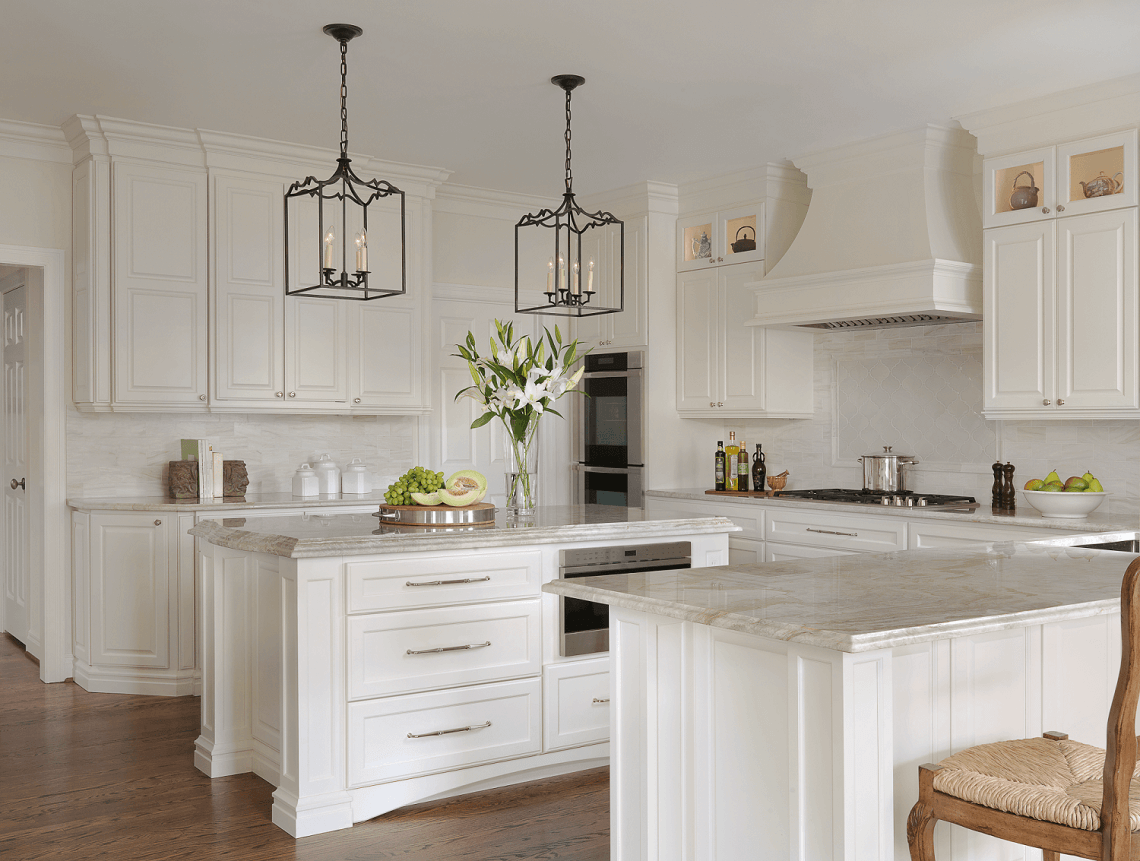Important Timeless Cookware Pieces for All Household Culinary Artist
In the world of cooking, trends come and go, but the appeal of classic cookware remains everlasting. For home chefs seeking to enhance their culinary skills, investing in quality cookware pieces can make all the difference. Whether you are a novice in the kitchen or a seasoned gourmet, incorporating traditional cookware into your routine not only enhances your cooking experience but also connects you with the rich history of cooking.
With the sturdy charm of cast iron skillets to the elegant shine of copper pots, traditional cookware pieces have proven their value across generations. These tools, often celebrated for their durability and performance, bring a distinct blend of sentimentality and functionality that modern materials simply cannot replicate. In this article, we will discover the essential traditional cookware pieces that every home chef should have, examine the reasons why they continue to reign supreme in modern kitchens, and provide tips on how to choose and maintain these enduring treasures. Prepare to discover the elegance and practicality of traditional cookware, and embrace a cooking journey that honors heritage while embracing creativity.
A Timeless Appeal of Classic Cookware
Classic cookware has a singular attraction that surpasses trends and stands up to the test of time. Unlike modern non-stick options that might be inviting for their convenience, heritage pieces offer a connection to culinary heritage and artistry. Each piece tells a story, often handed down through generations, and holds with it the food customs of our predecessors. The components used in classic cookware, such as cast iron, brass, and steel, are celebrated for their durability and ability to improve cooking, making them a mainstay in kitchens around the world.
The visual appeal of traditional cookware also contributes to its enduring appeal. Vintage pieces, typically adorned with stunning details and unique patinas, serve not only as implements but also as design pieces in the kitchen. They infuse charm and warmth to any space, encouraging a sense of nostalgia and inspiring culinary creativity. Displaying these pieces can turn your kitchen into a gallery of culinary art, where each object reflects a history of both culinary practices and heritage.
Moreover, the functionality of classic cookware cannot be understated. Skilled cooks and home cooks alike cherish how these materials conduct heat evenly and retain it longer, providing greater cooking results. This feature not only influences flavor and texture but also cultivates a deeper insight of the art of cooking itself. Traditional cookware invites you to take your time, to learn about proper heat handling and seasoning, creating an interactive cooking encounter that new tools often neglect.

Opting for and Maintaining Heritage Cookware
As you choosing heritage cookware, take into account the substances that fit your cooking style and preferences. Iron cookware is revered for its heat retention and even cooking, which makes it perfect for frying and baking. Copper cookware offers outstanding heat transfer, perfect for delicate sauces and chocolate-based dishes. Carbon steel is a adaptable option that merges the advantages of cast iron with a more lightweight design, ideal for those who prefer a sensitive cooking experience. Be mindful of the quality of workmanship—invest in durably crafted pieces that can withstand the test of time.
Caring for classic cookware is essential to preserve its functionality and longevity. For cast iron, proper seasoning is key; this entails applying a light coating of oil and heating it to develop a nonstick coating. Do not submerging cast iron in water and avoid applying soap, as it can diminish the seasoning. Enameled cookware must be washed gently with a soft sponge and is compatible with soapy water. Make sure to dry your cookware completely to avoid rusting, notably with carbon steel.
Investing time in refurbishing and repurposing vintage cookware can be a fulfilling process. Many antique pieces may need a bit of care, but they often come with character and history. Look for signs of wear but favor those with solid craftsmanship. You can clean, season, and revitalize these valuables lets you to benefit from the benefits of classic cookware while preserving the stories they carry. By opting to maintain your cookware properly, you contribute to a sustainable cooking ethos that honors the past while embracing the modern era.
Traditional Cookware: A Eco-Friendly Choice
Selecting traditional cookware is not just a gesture to history; it also fits with sustainable living principles. Pieces such as iron cookware, copper, and steel cookware are built to last, reducing the need for frequent replacements. Unlike new nonstick alternatives that may break down or lose their effectiveness over time periods, traditional cookware can endure years, if not generations, providing both strength and benefit. By investing in these timeless tools, home chefs can significantly cut down on waste, making a responsible choice for both their kitchen and the ecosystem.
Another aspect that enhances the greenness of timeless cookware is its potential to be restored and reclaimed. Many traditional pieces can be found at thrift stores or yard sales, offering a renewed purpose to items that might otherwise be discarded in dumpsters. With a small effort, these products can be refurbished and made usable again, all while maintaining their character and past. This practice not only saves resources but also encourages a greater appreciation for the artistry involved in traditional cookware.
Finally, the efficiency of traditional cookware promotes a more eco-friendly cooking approach. These items often offer enhanced heat holding and spread, which can lead to greater eco-friendly cooking. By using cookware that heats food consistently and effectively, home chefs may find they can lower cooking times and heat, thus conserving energy in the course. In Atmo Homeware , traditional cookware does not just respect kitchen traditions; it also actively contributes to a more eco-conscious and mindful kitchen environment.